Deck & Commander Strategies

Eris, Roar of the Storm
Reduce the high casting cost of Eris by filling the graveyard with cards of different mana values using surveil, cycling, and flashback effects. Control the game with damage-based removal and counterspells to protect Eris and enable casting it early. Utilize prowess triggers from spells and creatures to generate incremental combat advantages and create a powerful board presence with the dragon token.
Gameplay Insights
- 1
Both players used dice to track the number of different mana values in their graveyards, speeding up gameplay and strategic assessment.
- 2
Casting Eris early required careful graveyard setup and protection with counterspells, as losing the commander on the stack would be a major setback.
- 3
The prowess synergy on both commanders and generated dragons created complex combat interactions where players had to chain spells to maximize damage and survive removal.
- 4
Damage-based removal and bounce effects were key tools to deal with opposing threats and maintain tempo control.
- 5
Leveraging surveil and lands that synergize with it allowed players to quickly develop graveyards with diverse mana costs, crucial for reducing Eris’s casting cost.
- 6
The player who efficiently managed resources and spell sequencing to cast Eris at a reduced cost gained a significant advantage that was difficult to recover from.
Notable Cards
-
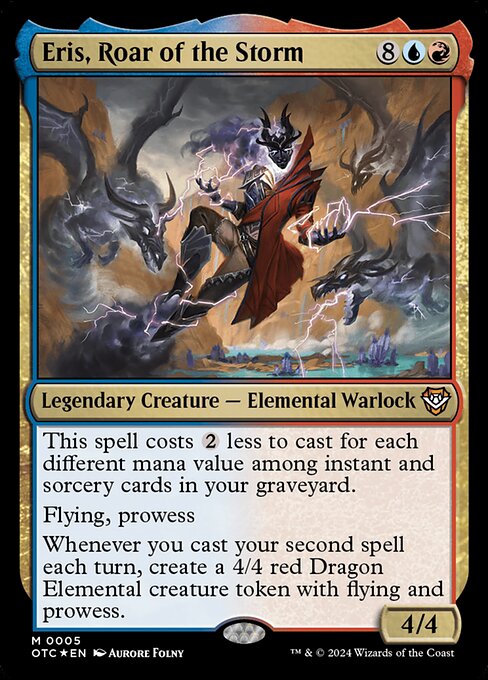
Eris, Roar of the Storm
-

Cryptic Command
-
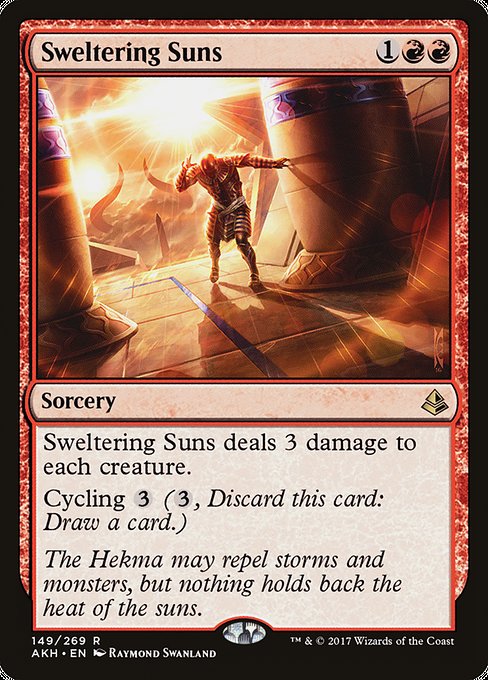
Sweltering Suns
-
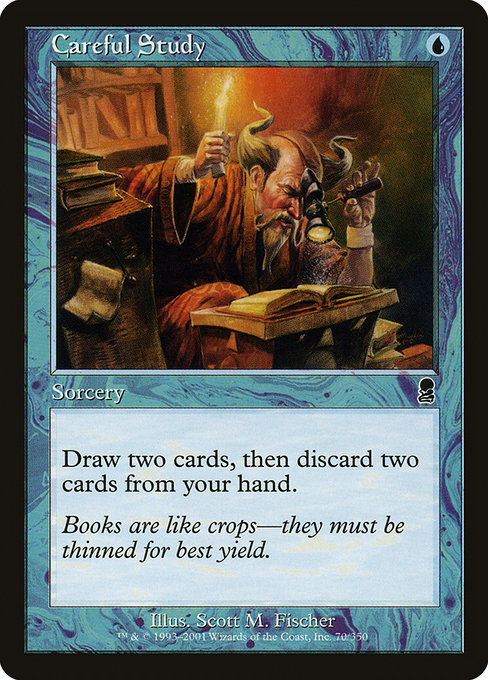
Careful Study
-

Chain Lightning
-
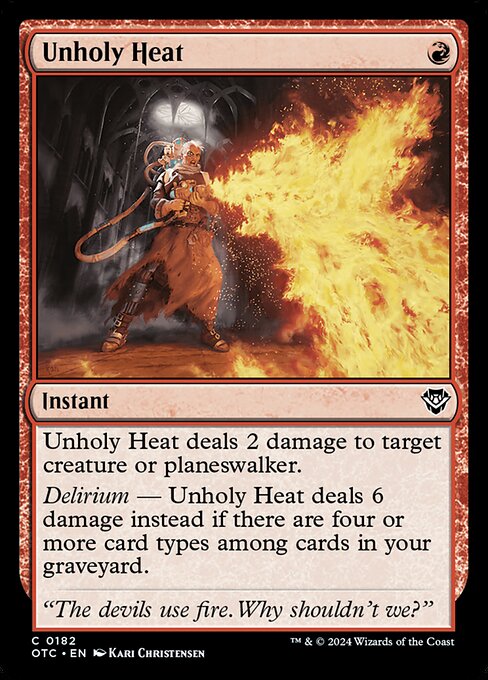
Unholy Heat
-
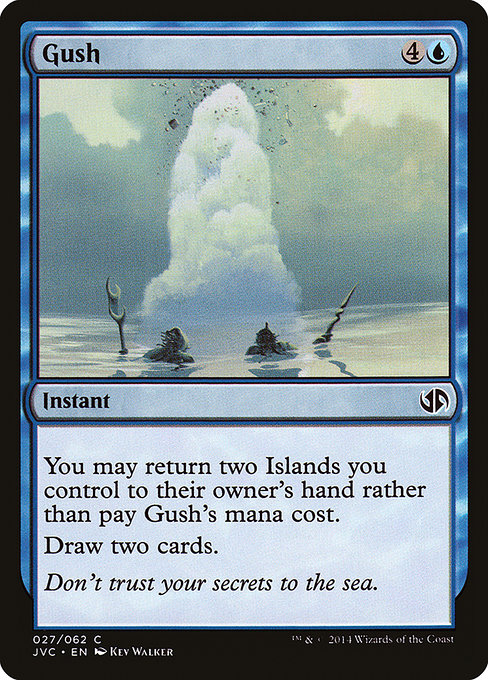
Gush
-
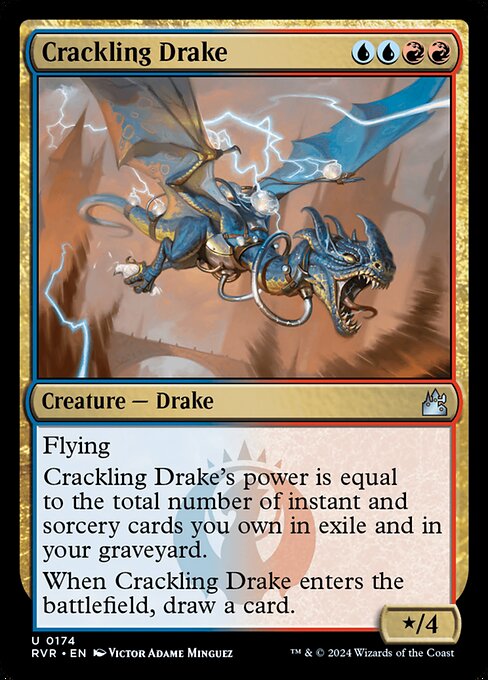
Crackling Drake
-
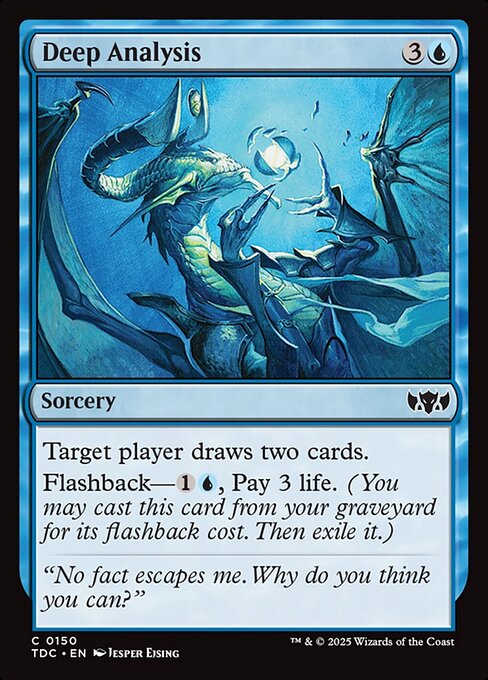
Deep Analysis
-

Faithless Looting
-
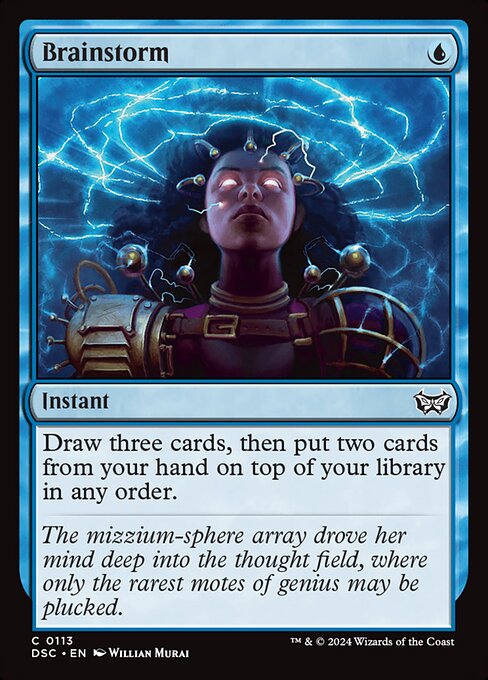
Brainstorm
Gameplay Summary
In this Duel Commander match, both players piloted the same commander, Eris, Roar of the Storm, leading to a fascinating mirror battle.
The key strategic focus was on filling the graveyard with a variety of mana costs to reduce the cost of casting Eris, aiming to bring it down from its high 10+ mana cost to a more manageable level.
Early game involved careful land drops and surveil triggers to optimize graveyard setup.
Both sides attempted to leverage cycling and flashback cards to maximize mana value diversity in their graveyards.
The game featured a tense back-and-forth of damage-based removal spells and counterspells, with players trying to protect their commander and disrupt the opponent's reduction strategy.
Prowess abilities on both commanders and dragons created dynamic combat phases with spell-chaining and tactical decisions about when to commit threats or removal.
A pivotal moment came when one player successfully cast Eris with a significant cost reduction, accompanied by a dragon token, establishing board presence that proved difficult to overcome.
Despite some card disadvantage and removal exchanges, the player with the more efficient graveyard setup and better spell sequencing gained a decisive tempo advantage, pushing through damage and controlling the board to secure the win.




















